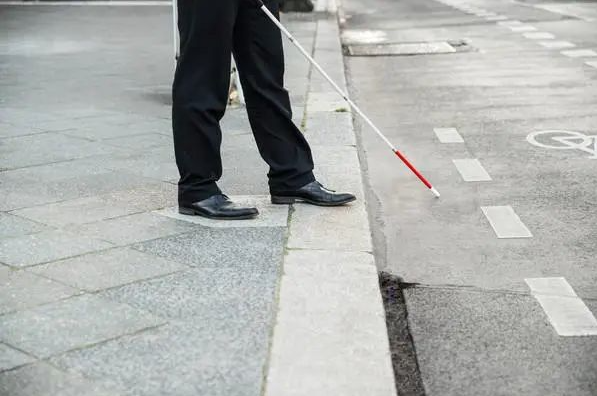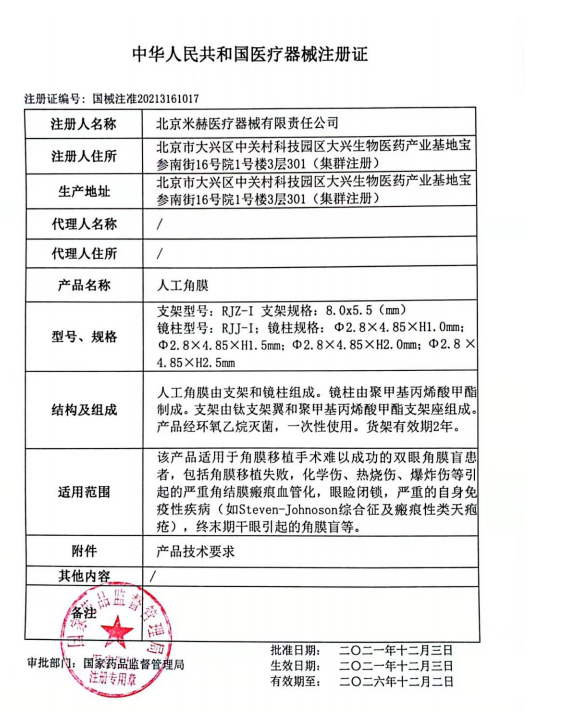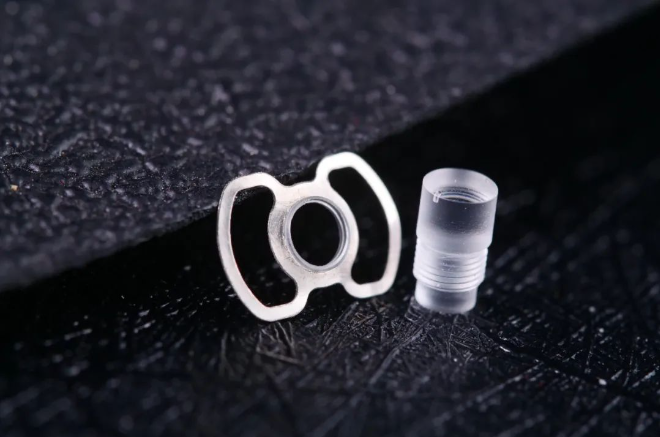According to the statistics of the World Health Organization, keratopathy is the second major blindness after cataract. There are about 60million patients with corneal blindness in the world, including about 4million in China, and more than 100000 new cases every year.

Among these patients, the vast majority of them can see light again through corneal transplantation. However, due to various factors, the source of cornea in eye banks all over China is extremely scarce, and many patients can only passively wait for donations. In addition, some high-risk corneal blindness patients whose ocular surface is seriously damaged by chemical injury, thermal burn and explosion injury are very prone to rejection reaction after operation, which makes the operation difficult to succeed. However, after the artificial cornea was allowed to be used in clinical practice, this situation has changed, which makes many patients see again.
On June 7, Ms. Wang, who was exposed to pesticides and caused corneal ulcer, successfully transplanted artificial cornea in Beijing Tongren Hospital Affiliated to Capital Medical University; Previously, Mr. Zou, who had been blind for 18 years due to alkali burns, gradually recovered his vision after receiving artificial corneal transplantation; Earlier, a man who caused corneal burns at work successfully completed two stages of surgery and his vision recovered to 0.5. In recent months, many corneal patients have received artificial corneal transplantation. These artificial corneas have the same name - "Microk".
"Microk" is an artificial cornea product independently developed by China and with complete independent intellectual property rights. It obtained the medical device registration certificate issued by the State Food and Drug Administration on December 7, 2021. This is the first and only artificial cornea with independent intellectual property rights listed in China.

Artificial cornea refers to a special refractive device made of synthetic materials, which is used to replace the turbid cornea that blocks the optical path of the eyeball after the lesion, so that the patient can obtain a certain vision.
Microk is composed of lens column and scaffold. The lens column is made of PMMA. In the field of Ophthalmology, PMMA is a common material for corneal contact lenses, intraocular lenses and artificial eye tablets. It has the advantages of stable properties, high light transmittance, large refractive index, will not be degraded by the biological oxidation reaction of the body, light biological reaction to the body, convenient processing and so on. It is an ideal optical material, and has been clinically proved to have good biocompatibility. The scaffold is composed of titanium scaffold wing and polymethylmethacrylate scaffold seat. Titanium has excellent biocompatibility, mechanical properties and corrosion resistance.

It is precisely because Microk is made of artificial materials and does not need donor cornea that the current situation of scarce corneal donors in China is alleviated, which is also the most prominent feature of Michel artificial cornea. In addition, the fusion of Microk is also very good. It can naturally integrate with the human eye, and there will be no rejection reaction caused by traditional corneal transplantation.
The statistical results of clinical experiments showed that the 12-month blindness free rate of Microk was 100%, 23 cases were 100% better than that before operation at 12 months, and the 12-month incumbency rate reached 100%. The visual acuity at 1 year after operation was significantly higher than that at 7 days and 1 month after operation (p<0.05), and the curative effect was close to that of human donated cornea.
At present, more than half a year has passed since the launch of Microk, and everything is going on in an orderly manner. At the same time, in order to make it more convenient for the majority of patients with corneal blindness to receive treatment, Microkpro has invited a number of domestic experts in the field of keratology to train ophthalmologists across the country on the overall operation level and ability of artificial cornea transplantation. In the near future, you can have surgery at the "door of your home", Welcome the light!